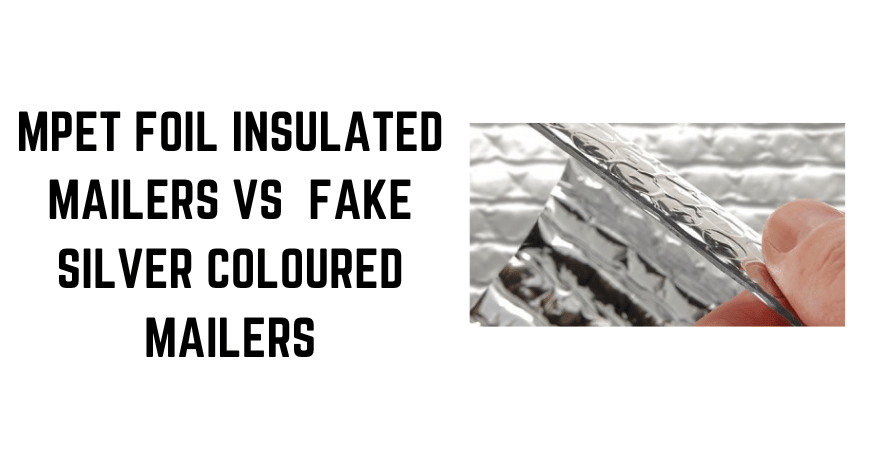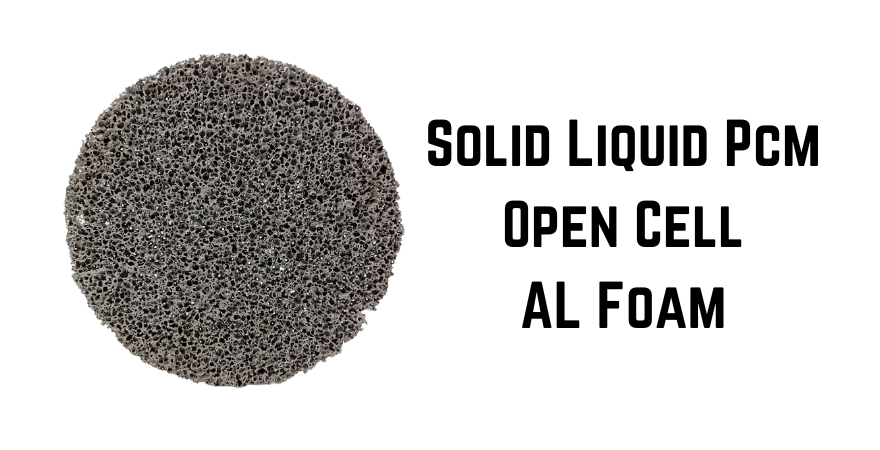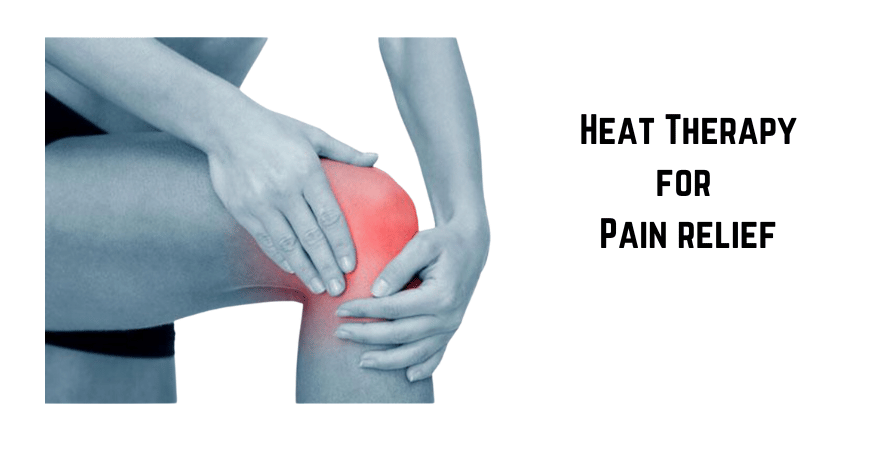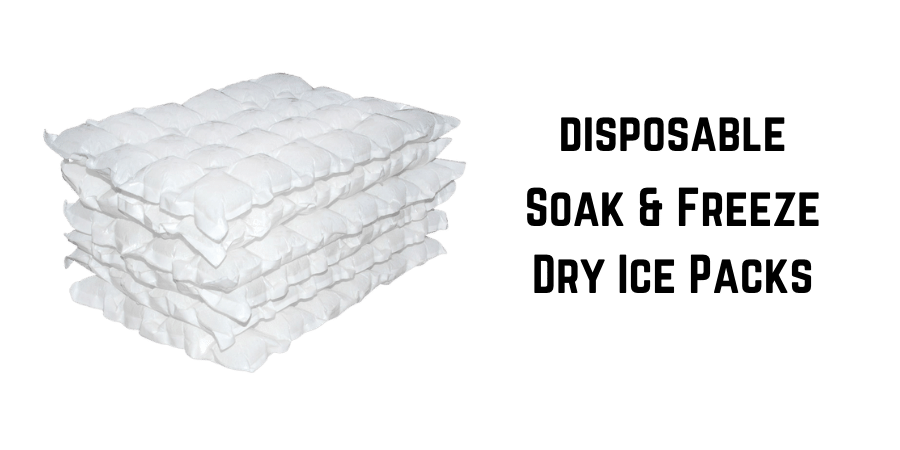Cold Chain Breach Management
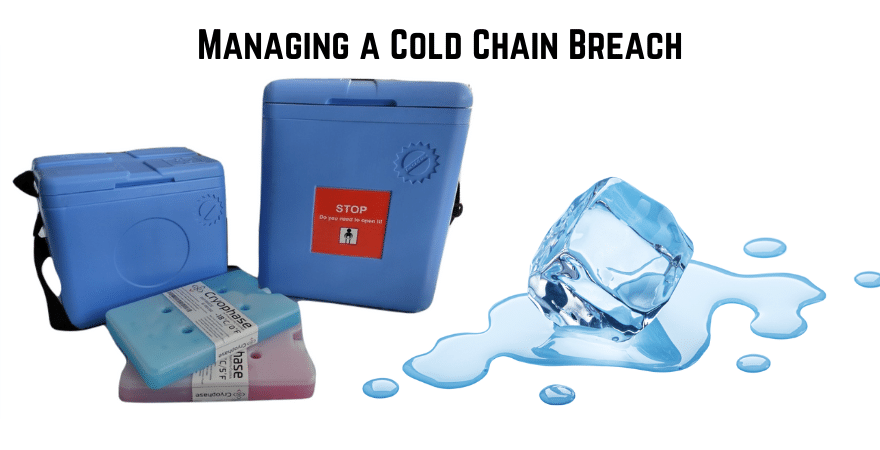
Cold Chain Breach Management
Cold chain breaches occur when specimens or payloads, such as medicines or vaccines, are stored outside the recommended temperature range necessary to preserve product integrity. For instance, vaccines must typically be maintained between 2°C and 8°C; therefore, if the vaccine or its storage environment exceeds these temperature thresholds, it constitutes a cold chain breach. Notably, a cold chain breach also occurs if the vaccine's temperature falls below 2°C or rises above 8°C. However, there is an exception allowing temperatures of up to 12°C for vaccines for a maximum duration of 15 minutes during restocking.

Types of Cold Chain Breaches:
Freeze Breach: This occurs when the payload or specimen is stored at a temperature below the recommended range. For example, when a vaccine is stored below 2°C, it constitutes a freeze breach.
Heat Breach: This type of breach occurs when the payload or specimen is stored at a temperature exceeding the recommended range. For instance, when a vaccine is stored above 8°C, it constitutes a heat breach.
In the event of a breach, it is crucial to isolate the medicines, specimens, or vaccines that have breached the temperature band. This involves labeling them for identification and storing them under the recommended temperature conditions. Subsequently, it is advisable to consult with the relevant authorities, such as Immunise Australia within the Department of Health or the vaccine manufacturer, to assess the extent of damage. Depending on the situation, the damaged vaccine or medicine may either be reused following prescribed instructions by the Health Department or disposed of using appropriate methods.
Cold Chain Breach Reporting:
As per the Department of Health guidelines, a one-time cold chain breach involving vaccines stored between 2°C to 8°C does not require reporting if it has been exposed to temperatures less than 25°C for less than 6 hours. However, this exception does not apply to freeze breaches resulting in vaccines being frozen. The recommendations following a cold chain breach include identifying the root cause, implementing protocols and measures to prevent recurrence, documenting incident details and proposed remedies, and reporting the breach to the Department of Health using the prescribed form.
Cold Chain Breach Avoidance:
To prevent cold chain breaches in case of power failures or fridge breakdowns, several backup strategies are recommended:
-
- Ensure the fridge freezer contains Cryolux phase change bricks calibrated to -15°C to -18°C.
- Move vaccines to the lowest compartment of the fridge during a power failure and avoid opening the fridge unnecessarily.
- Place Cryophase PCM gel bricks from the freezer compartment into the fridge.
- Use a good quality cooler bag with ice packs or gel bricks to maintain temperature.
- Monitor temperature closely with a data logger and thermometer.
- Restore power to the fridge promptly or relocate vaccines to another working fridge within reach.
- Utilize ice packs or Cryophase PCM gel bricks in an esky cooler to maintain the temperature range between 2°C to 8°C.
- Pack the icebox according to the "National Vaccine Storage Guidelines - Strive for 5 - 2nd edition."
By implementing these backup strategies and maintaining vigilance over temperature control measures, laboratories and clinics can mitigate the risk of cold chain breaches and ensure product integrity. Cryolux encourages the adoption of these practices to enhance preparedness for unforeseen events such as power failures or equipment breakdowns.


